When choosing ammunition for long-range precision shooting, wind resistance is a critical factor. In this article, I explore what I’ve termed the “hourglass effect”; which examines the performance differences between lighter rounds and heavier rounds of the same caliber. Future articles will delve into other important elements of the larger topic of weight speed and distance.
Im calling it the hourglass effect because before the convergence, one round has an advantage and after the convergence, the other takes the lead with respect to wind. Thinking about a field of fire as a shape can help dissect zones where you might choose one round over another. This bullet comparison can be done for any rounds, but it shows a distinct patterns. Due to the large weight and velocity difference between the bullets used we can see that bullet choice is an important decision point for a rifleman. Plus i’m visual and like to describe things with visual elements.
Understanding the Hourglass Effect
As mentioned, the “hourglass effect” refers to the notable inflection point in performance when comparing different ammunition weights within the same caliber. I nicknamed the zone before this point as the “competition zone” and the area beyond it as the “long-range zone.”
Context
My primary goal going into this was to understand how one could use the same rifle for various purposes. With the availability of affordable laser range finders, range uncertainty has been largely eliminated for most shooters. Because range uncertainty is less common, the final frontier of unknowns is largely the wind effects on different bullets at different speeds.
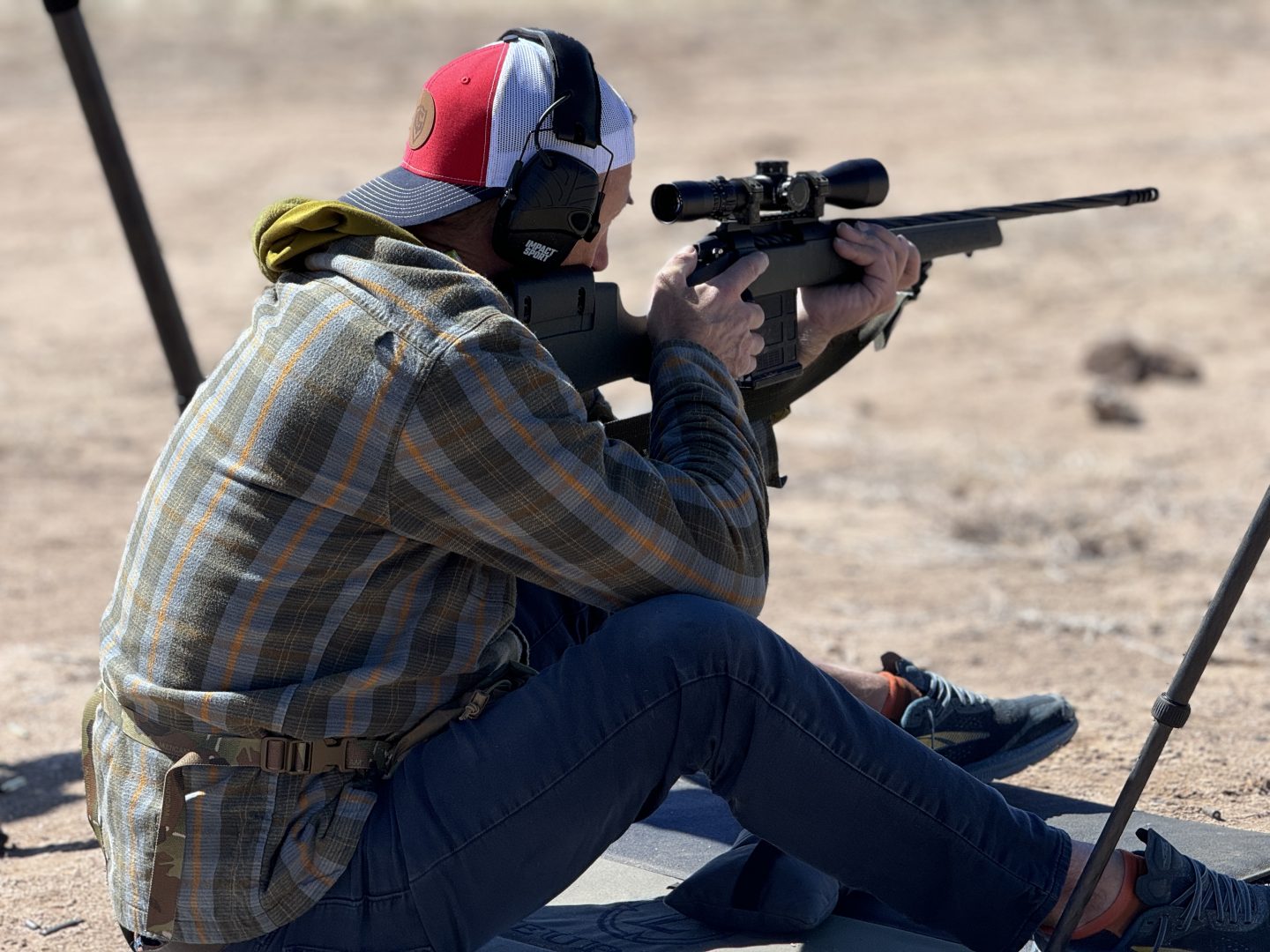
Finding a caliber and cartridge to perform all tasks seems to be a common discussion. I felt a better look might be considering different ammunition for a similar caliber and cartridge and how they could be used for a variety of shooting applications. The versatile 6.5 Creedmoor served as my test subject because I have several rifles chambered in it. Another reason is that there’s a ton of factory ammunition available in most places and its cool to know what each can and might do. Known for its all-around performance, the 65 creedmoor rivals more specialized cartridges, in many ways, without the associated caliber cartridge debates getting in the way.
Experimentation
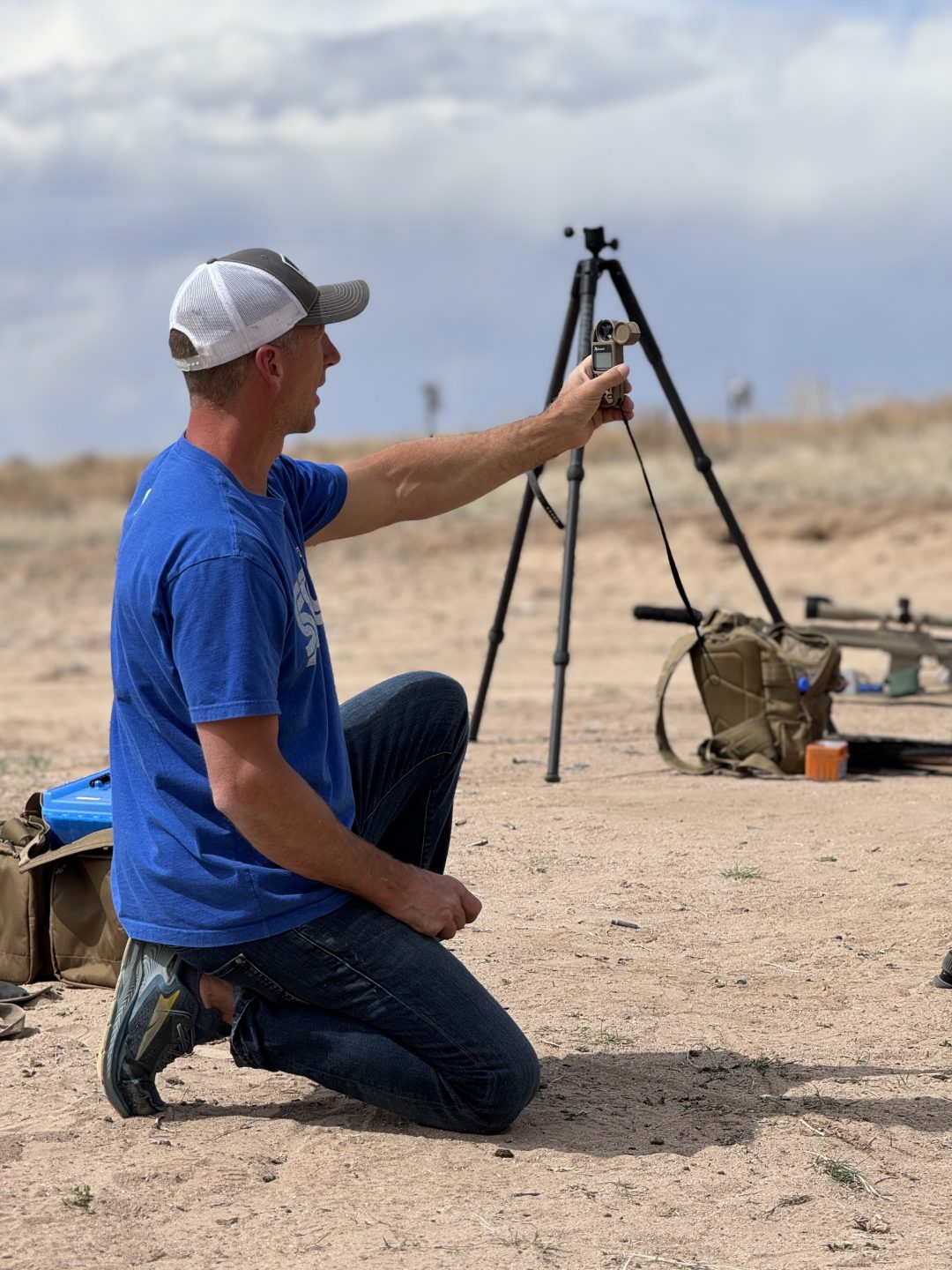
The series of tests were carried out using factory ammunition. I used Hornady 100 gn and Berger 156 gn as the lightest and heaviest options. These choices provided a clear view of the caliber’s diverse capabilities.
A light bullet tends to have lower BC values, and BC numbers are commonly used to compare wind values without considering velocities they might be traveling at. The 100 gn VT load has a small BC compared to the 156 Berger. However, the velocity was over 600 fps more for the 100gn than the 156gn. I was surprised to see that using the box BC values, the calculators could not accurately predict the wind for this ammunition. “Believe the bullet,” is the saying, and that’s what I chased rather than turning to what others have said about the topic.
Testing
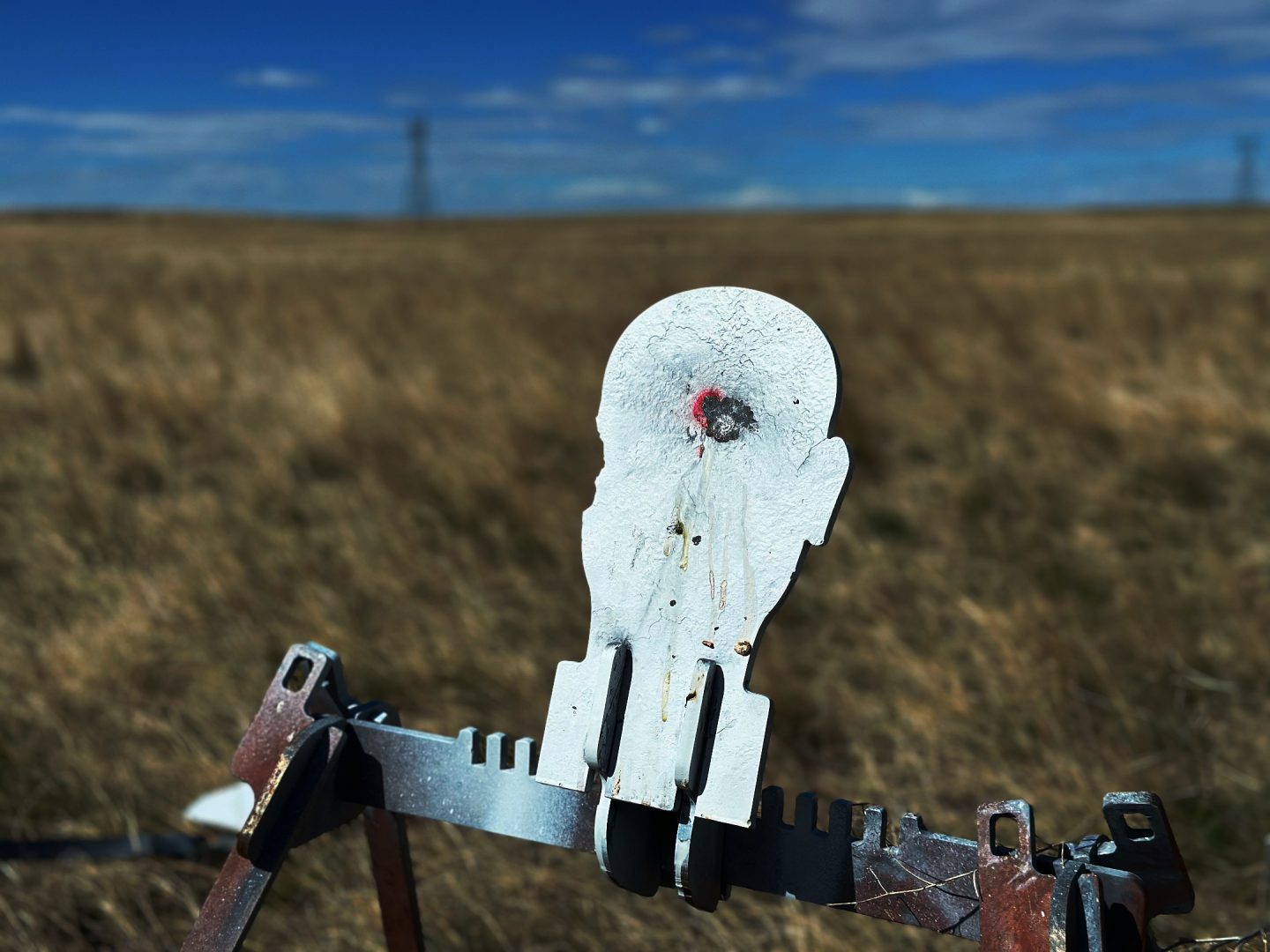
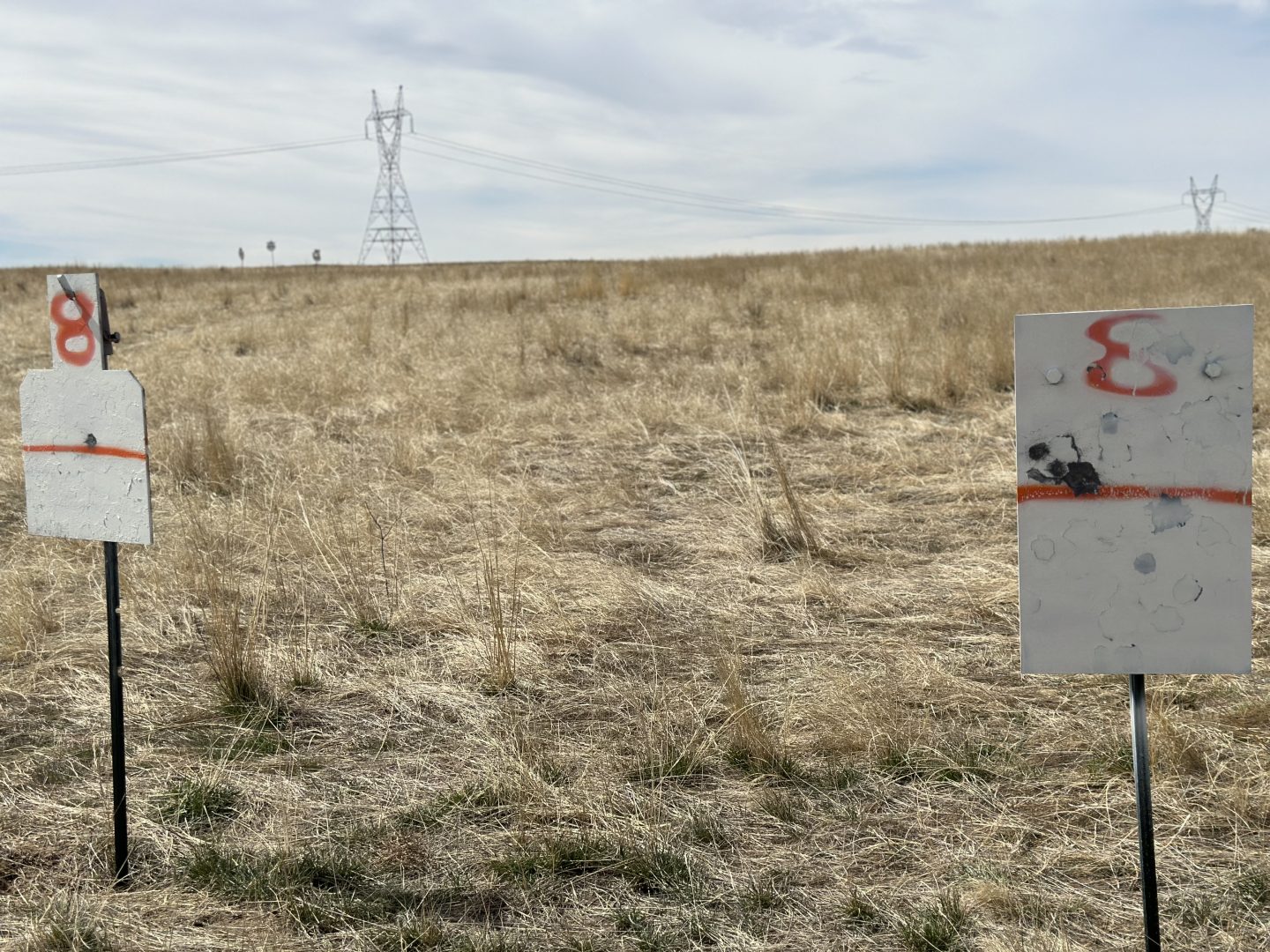
- Zeroing the Rifles: I used two rifles, both chambered in 6.5 Creedmoor, and maintained a consistent 100-yard zero for each. The consistency of the zero across four days of testing at an elevation of 6,000 feet in Colorado was remarkable, although inexplicable. I shot RifleKraft targets expecting there to be a difference. Since there was not a difference, I simply recorded the zero and the group size for each rifle. Both bullets shot 5-shot groups under 0.5 inches, and that was sufficient for me to leave it there. Each day I repeated this and got the same results.
- Ballistic Data (“Dope”): Using Gravity Ballistics protocols, I extended my shooting from 100 to 1,000 yards, adjusting for wind on a shot-by-shot basis to conserve ammunition. Despite potential errors due to this method, the focus was on wind effects rather than elevation changes. [For more info on GB see this].
- Wind Measurement: I chronographed the rounds to gather velocity data, which, along with other inputs, was used to calibrate three separate Kestrels. Notably, I employed both Gravity Ballistics for truing devices and my preferred Kraft Quick Wind method for wind estimation. Data from three Kestrels, along with the Windy app and local measurements at Fort Morgan Range, provided consistent readings. The only exception to the data was the hard wind data that did not align with the Kestrels in these conditions. I am only referring to actual hit data and going to overlook the Kestrel outputs. I chose to avoid this because I have not had time to investigate the cause (and frankly don’t want to spend too much time figuring out the difference since I use KQW offhand anyway).
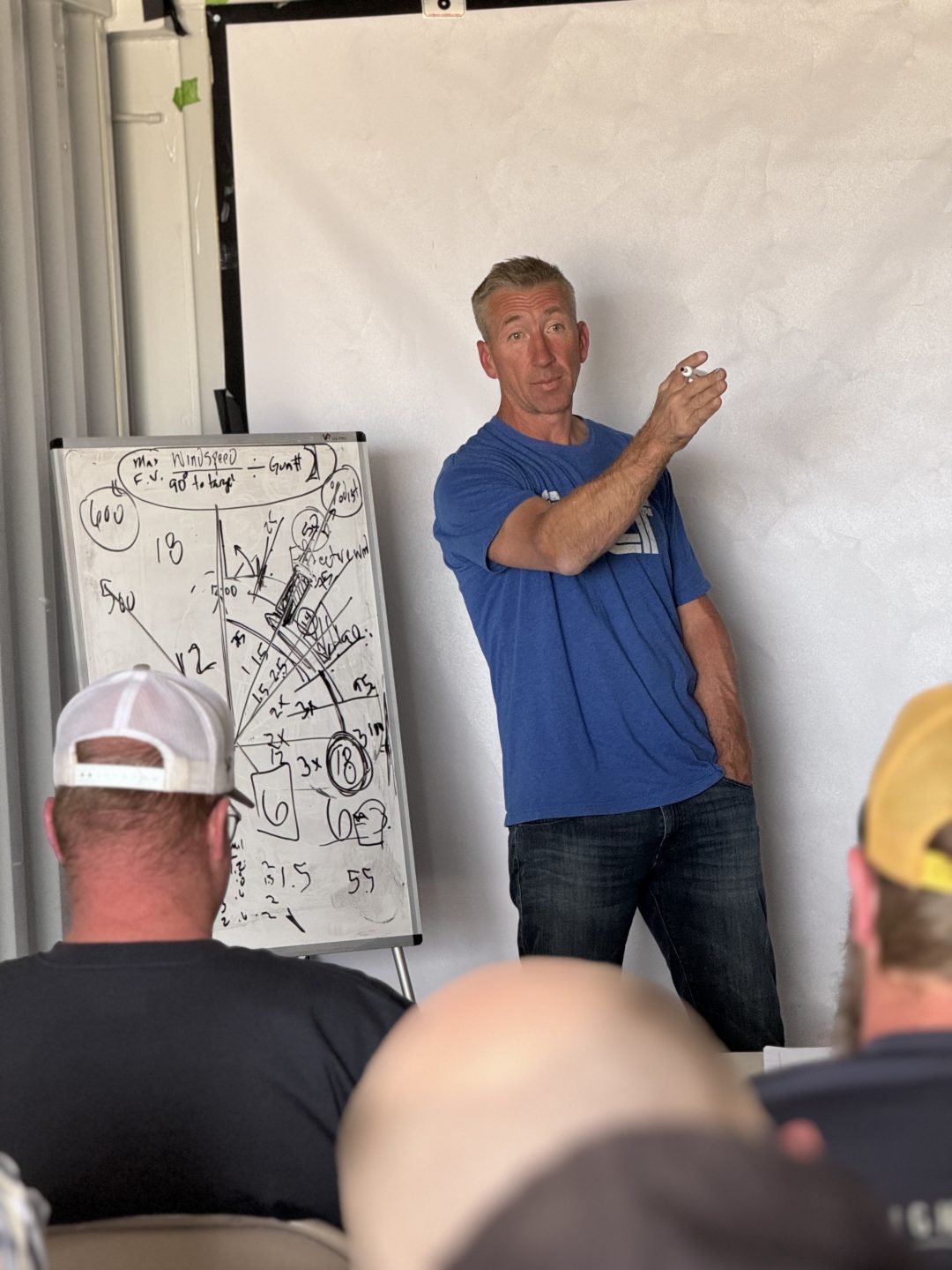
Results and Observations
- Within 800 to 900 yards, the 100 gn Hornady consistently outperformed the 156 gn Berger in both wind resistance and elevation. The elevation makes sense with the large speed difference. Since a bullet’s time of flight corresponds to the drop and drift, I expected this and saw that unfold as the rounds traveled out to distance. What was unexpected, however, was how far the 100gn maintained its dominance in the high winds. At somewhere between 800 and 900 yards, the wind holds for both weights converged, making it difficult to distinguish minor wind variations. I chose 0.2 because the wind variation was at a minimum 2 mph. I felt it was not going to be possible in these conditions to discriminate more detail from the results.
- Surprisingly, there was also an unexpected finding in terms of group size up to the 900-yard target. Despite different standard deviations (SD) between the two weights, vertical dispersion was negligible. The outcomes are possibly due to the short time of flight and excellent groups at 100. At 900, the Hornady rounds maintained groups compared to the Berger, and with higher SDs. One would usually expect to start seeing vertical dispersion showing up as the flight time differences played out.
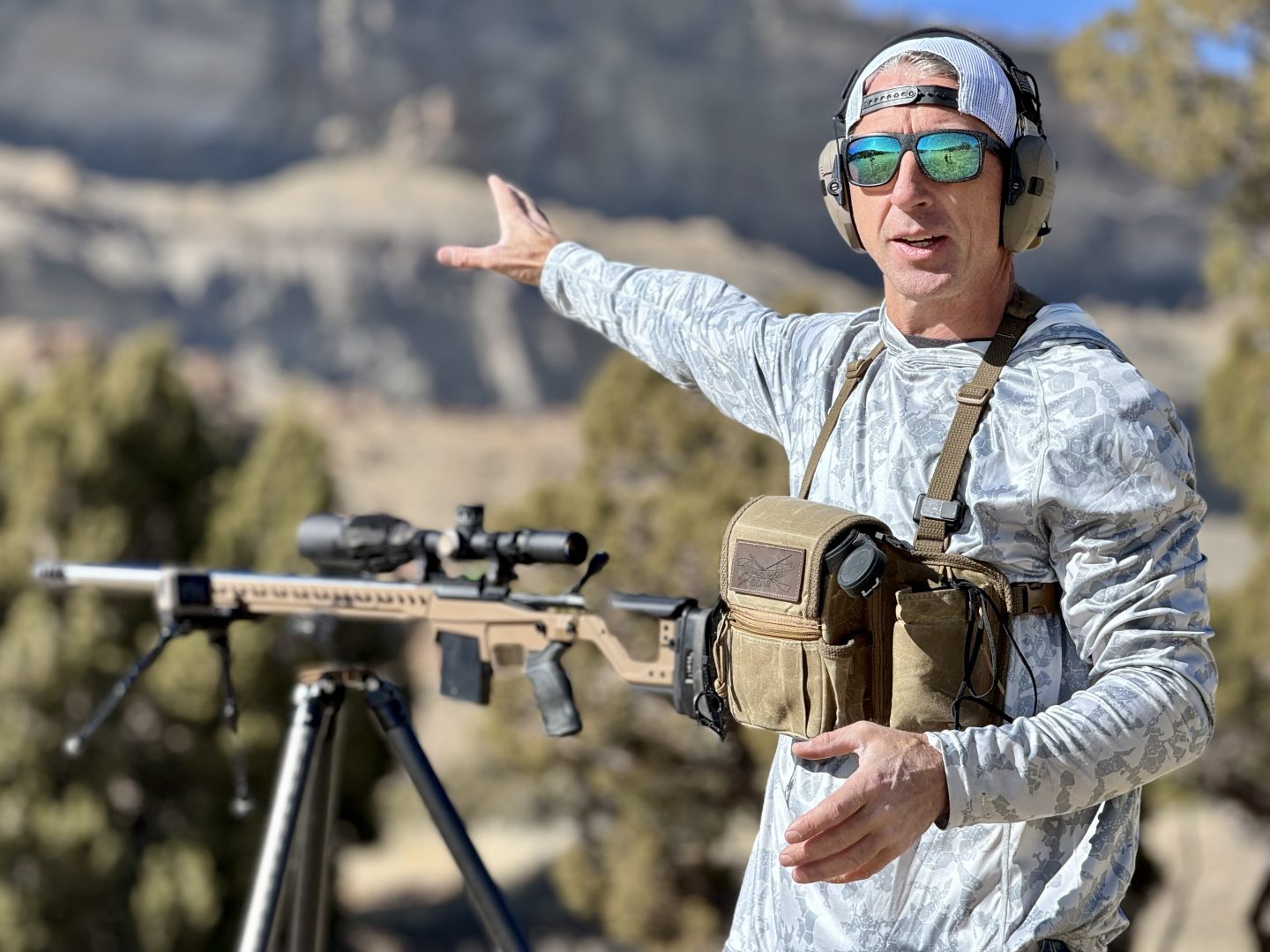
Wrap Up
To me personally, testing underscores the necessity of personal experimentation. I hope that this sparks curiosity in those of you who have made it this far. I also want to encourage you to go out and try for yourself. Some tinkering and testing with different weights and speeds of rounds will help you better accomplish your goals on the range or in the field with confidence. While I think the 100 gn Hornady is preferable for competitions. Up to 900 yards its superior performance and reduced recoil make a lot of sense in that application. I think that the 156 gn Berger would probably be better suited for maintaining accuracy beyond that range and for hunting applications.
I also want to point out that I tested mid weight bullets as well. The results were less interesting so left them out. I do however have data and might use in the future.
Conclusion
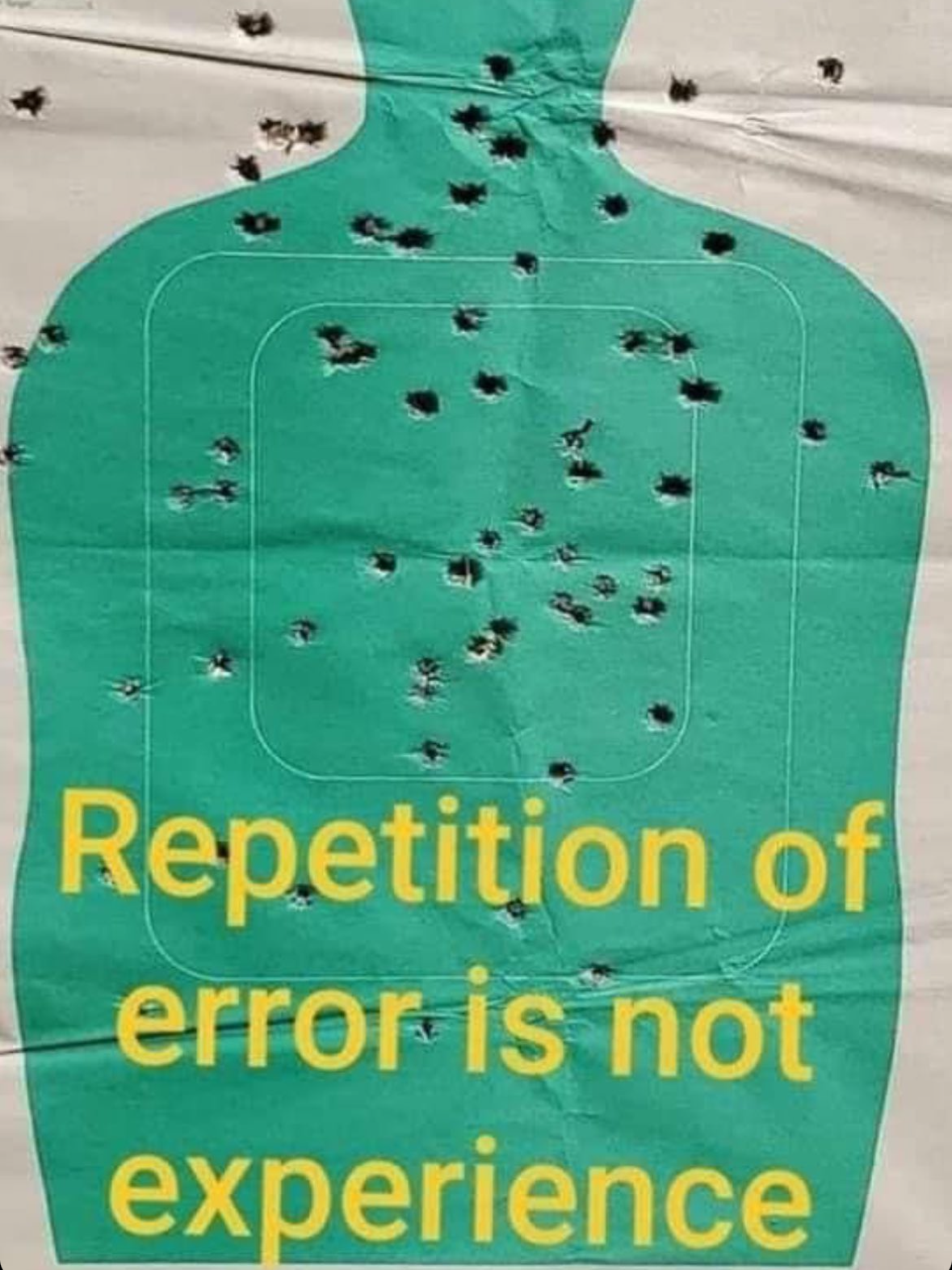
Get out there and perform your own tests. Also this article is based on my opinion and results, which isnt yours. If you do yourself you gain real-world outcomes and first-hand knowledge. First hand knowledge will be the most meaningful to all of you. So take this as a call to action.

